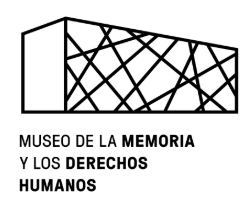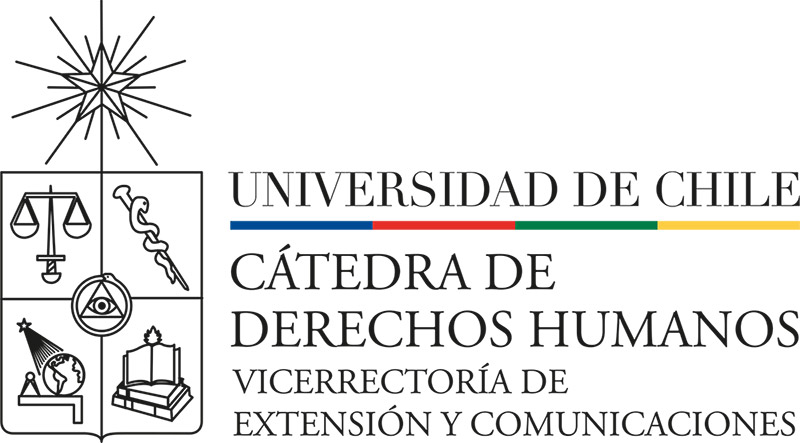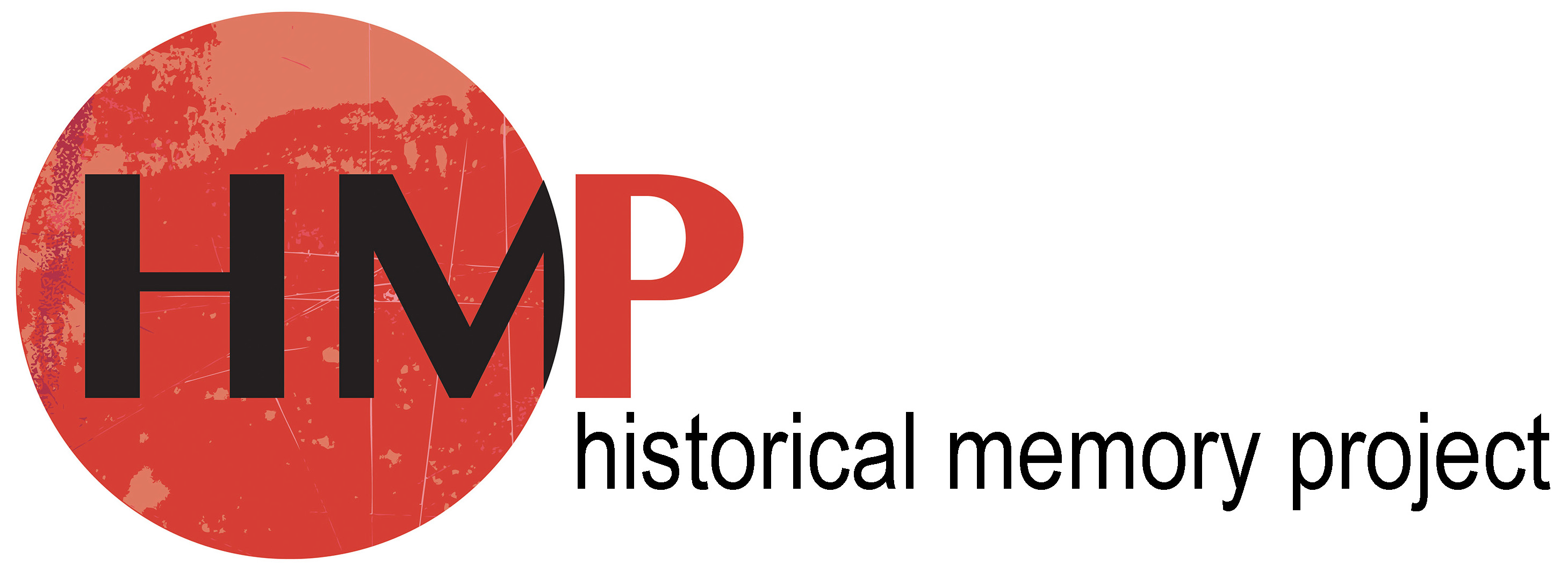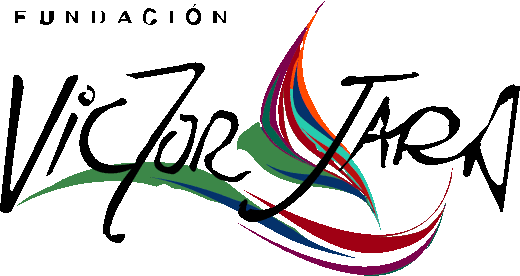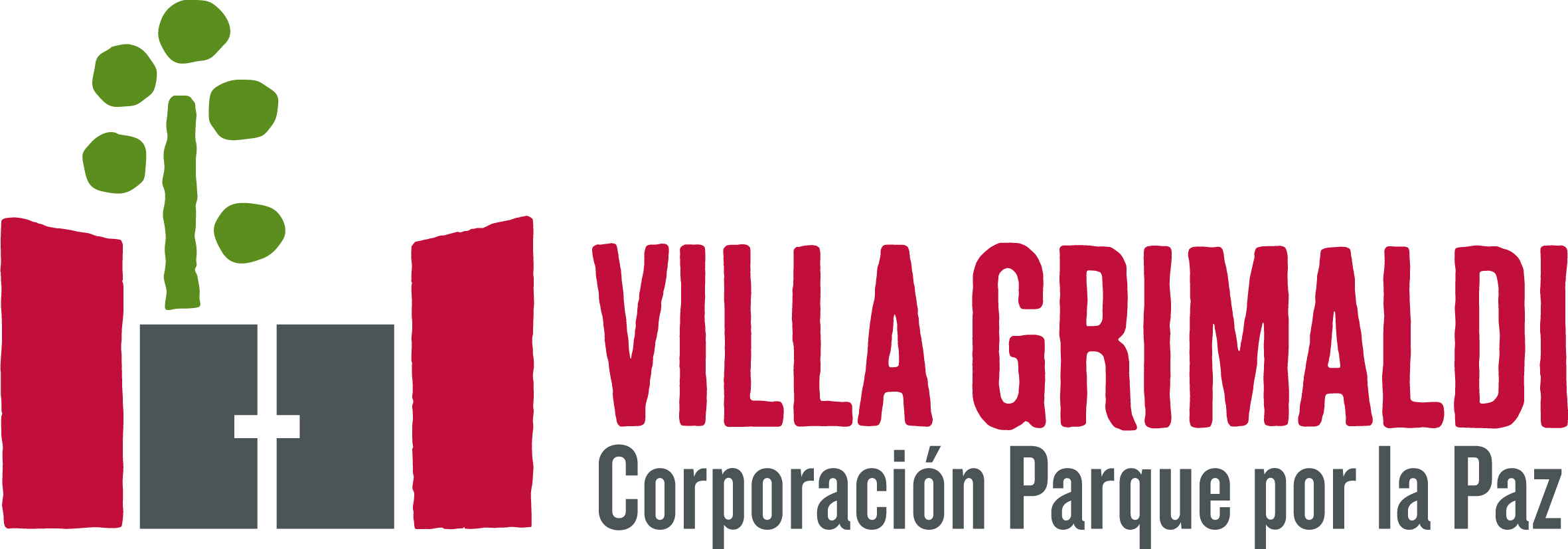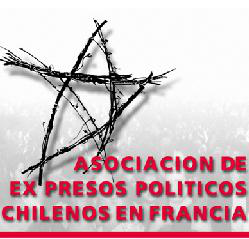 Cantos Cautivos
Cantos Cautivos
181 results where found for «The Crux of the Matter»
The Paper Boat (El barco de papel)
Music piece by:
Julio Numhauser, popularised by the band Amerindios
Testimony by:
José Selín Carrasco Vargas
Experience in:
Tags:
Coplas of El Yopo (Coplas de El Yopo)
Music piece by:
Unknown. Traditional Venezuelan song. Popularised in Chile by Isabel and Ángel Parra
Testimony by:
Carlos Muñoz
Experience in:
Campamento de Prisioneros, Tres Álamos, 1975 - 1976
Tags:
Music piece by:
José Luis Armenteros and Pablo Herrero, popularised by Nino Bravo.
Testimony by:
Paicavi Painemal
Experience in:
Comisaría de Carabineros N° 2, Temuco, 22 April 1985
Tags:
Music piece by:
Nicolás Guillén (lyrics) and Quilapayún (music)
Testimony by:
Domingo Lizama
Experience in:
Cárcel de Valdivia / Cárcel de Isla Teja, 1973 - 1978
Tags:
Music piece by:
Ludwig van Beethoven
Testimony by:
anonymous
Experience in:
Cárcel de Valdivia / Cárcel de Isla Teja, September 1973
Tags:
Music piece by:
Víctor Jara
Testimony by:
anonymous
Experience in:
Cárcel de Valdivia / Cárcel de Isla Teja, September 1973
Tags:
Sinner, come to sweet Jesus (Pecador, ven al dulce Jesús)
Music piece by:
Unknown
Testimony by:
anonymous
Experience in:
Cárcel de Valdivia / Cárcel de Isla Teja, September 1973
Tags:
Let’s Break the Morning (Rompamos la mañana)
Music piece by:
René “Popeye” Cárdenas Eugenin
Testimony by:
María Soledad Ruiz Ovando
Experience in:
Campamento de Prisioneros Isla Dawson, 1973 - 1974
Tags:
Music piece by:
Arturo Dávalos
Testimony by:
Luis Cifuentes Seves
Experience in:
Campamento de Prisioneros Chacabuco, January - February 1974
Tags:
You Can Blame Me (Échame a mí la culpa)
Music piece by:
José Ángel Espinoza, aka Ferrusquillo
Testimony by:
Marcia Scantlebury
Experience in:
Campamento de Prisioneros Cuatro Álamos, June 1975
Tags:
